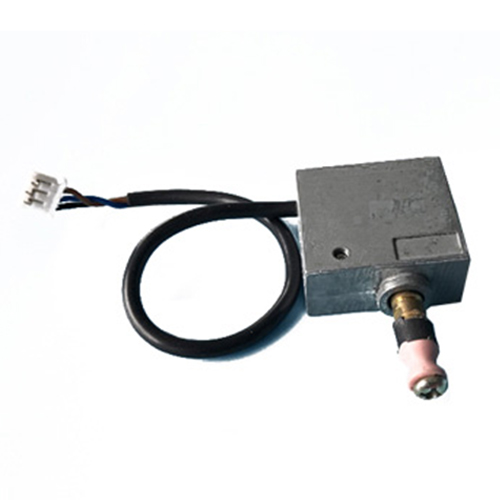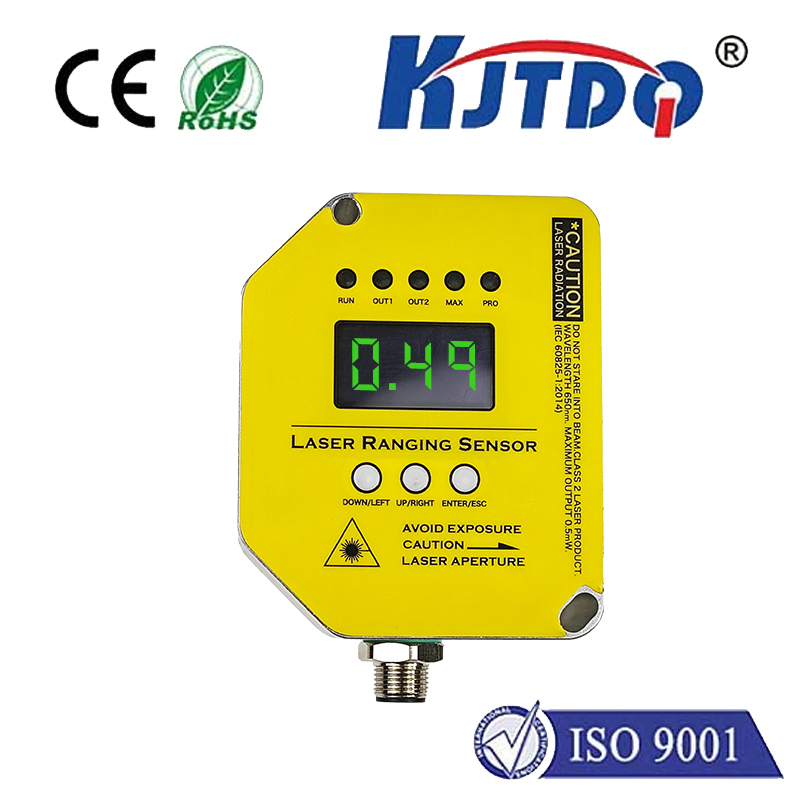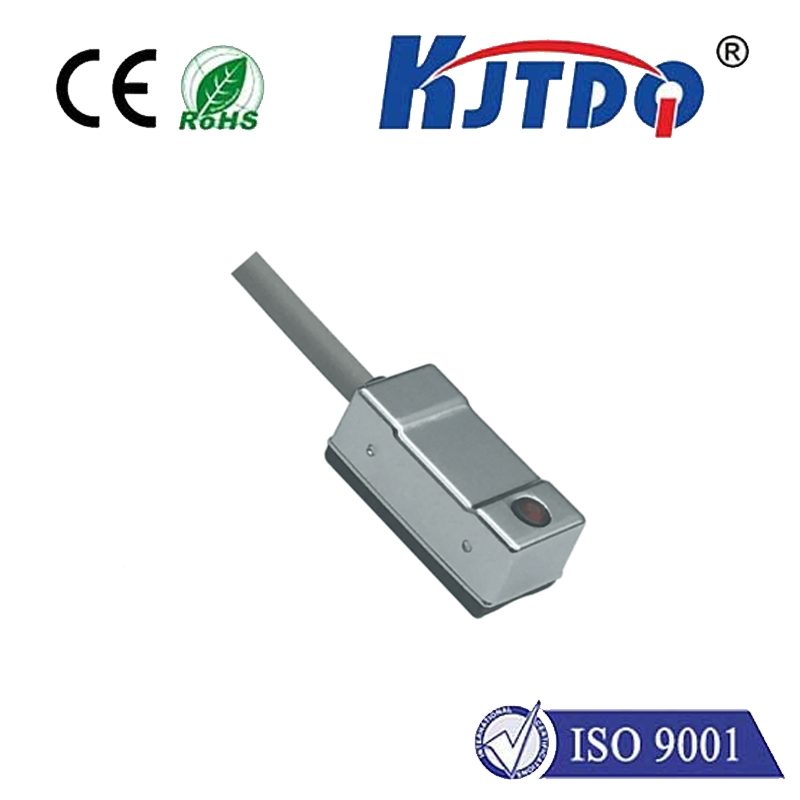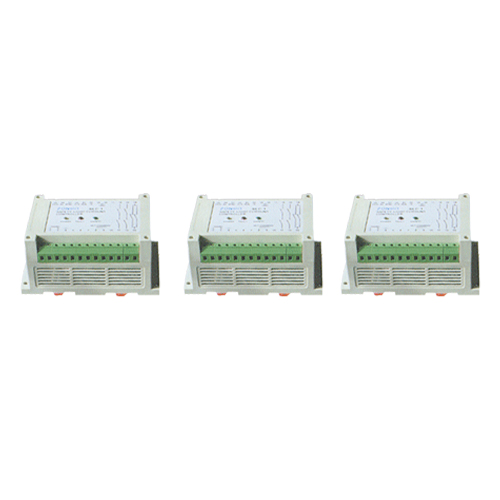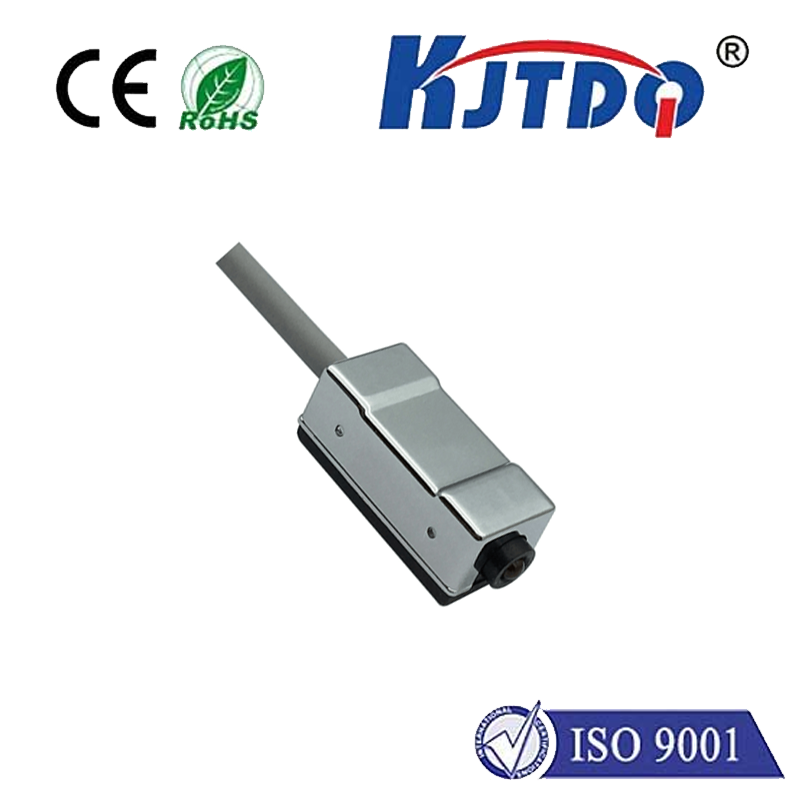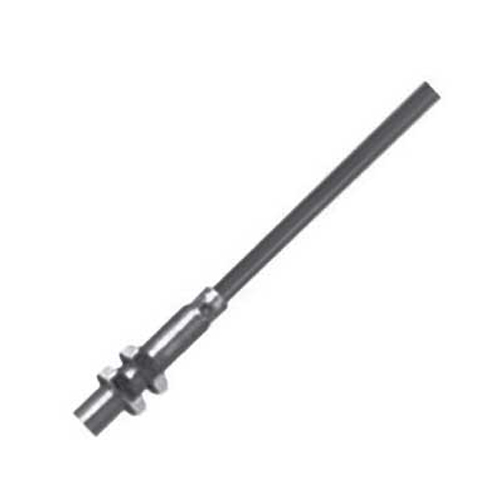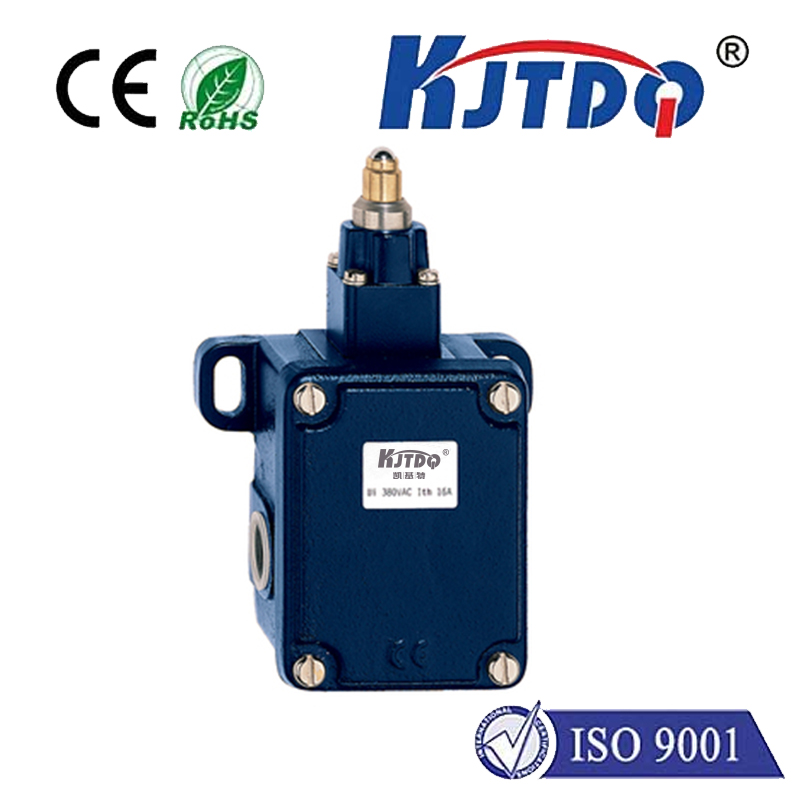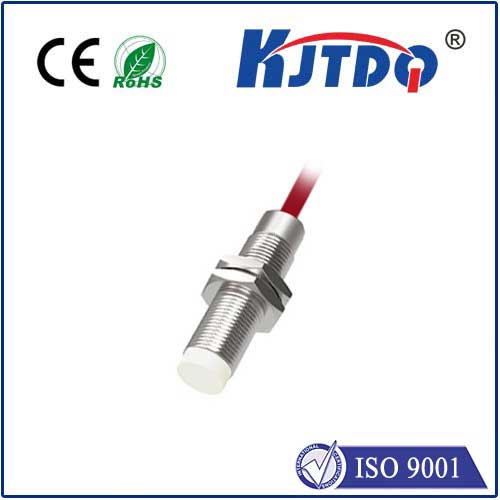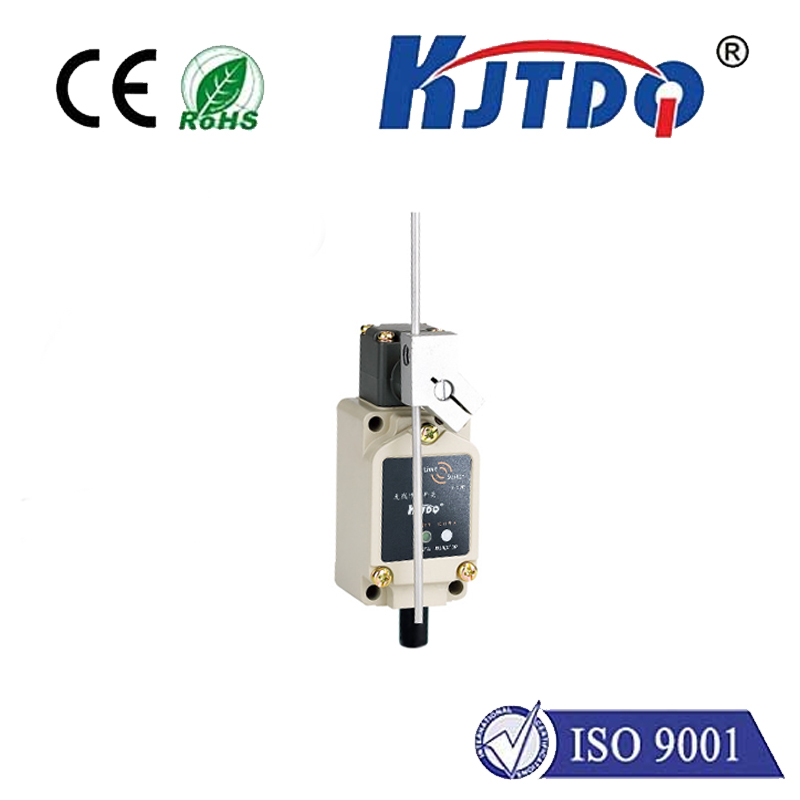

check

check

check

check

check

check

check

check

check

check
Introduction:
The world of industrial automation has been undergoing a significant transformation in recent years, with sensor proximity infrared technology leading the charge. This cutting-edge technology has revolutionized the way industries operate by providing real-time data collection and analysis, enhancing efficiency, and ensuring safety in work environments. In this article, we will explore the benefits of sensor proximity infrared technology and how it has become a game-changer in industrial automation.
Section 1: The Importance of Sensor Proximity Infrared Technology
Sensor proximity infrared technology works by emitting IR radiation and detecting any objects that block or reflect this radiation. By analyzing the reflection pattern, the system can determine the distance, direction, and position of an object within its field of view. This technology is highly versatile and can be applied in various industries, including manufacturing, logistics, healthcare, and more. Some of the key benefits of sensor proximity infrared technology include:
1. Real-time Data Collection and Analysis: With sensor proximity infrared technology, industrial systems can collect data in real-time, enabling operators to make informed decisions quickly. This data can be analyzed to optimize processes, reduce downtime, and improve overall efficiency.
2. Enhanced Safety: Sensor proximity infrared technology can detect objects at varying distances, providing operators with accurate information about potential hazards. This enables them to take proactive measures to prevent accidents and ensure workplace safety.
3. Increased Accuracy: By using advanced algorithms and artificial intelligence, sensor proximity infrared technology can accurately identify objects even in complex environments. This leads to increased accuracy in process control and improved product quality.
4. Energy-Efficient: Many sensor proximity infrared systems are designed to be energy-efficient, reducing operating costs and minimizing environmental impact.
Section 2: Applications of Sensor Proximity Infrared Technology
Sensor proximity infrared technology has numerous applications across different industries. Some of the most common uses include:
1. Factory Automation: In manufacturing facilities, sensor proximity infrared technology is used to monitor production processes, detect defects, and optimize equipment performance. It helps to increase efficiency and reduce waste, ultimately leading to increased profitability.
2. Material Handling: In logistics and warehouse operations, sensor proximity infrared technology is used to automate material handling tasks such as sorting, loading, and unloading. This not only improves efficiency but also reduces the risk of accidents caused by manual labor.
3. Medical Equipment: In healthcare settings, sensor proximity infrared technology is used for applications such as patient monitoring, remote surgery, and medical imaging. It enables doctors and nurses to provide better care while minimizing risks associated with contactless procedures.
4. Automotive Industry: In the automotive industry, sensor proximity infrared technology is used for applications such as collision detection, lane maintenance, and adaptive cruise control. These technologies improve road safety and reduce the likelihood of accidents caused by human error.
Conclusion:
In conclusion, sensor proximity infrared technology has transformed industrial automation by providing real-time data collection and analysis, enhancing safety in work environments, and increasing efficiency across various industries. As the world continues to embrace digital transformation, sensor proximity infrared technology is poised to play a crucial role in shaping the future of industrial automation.
